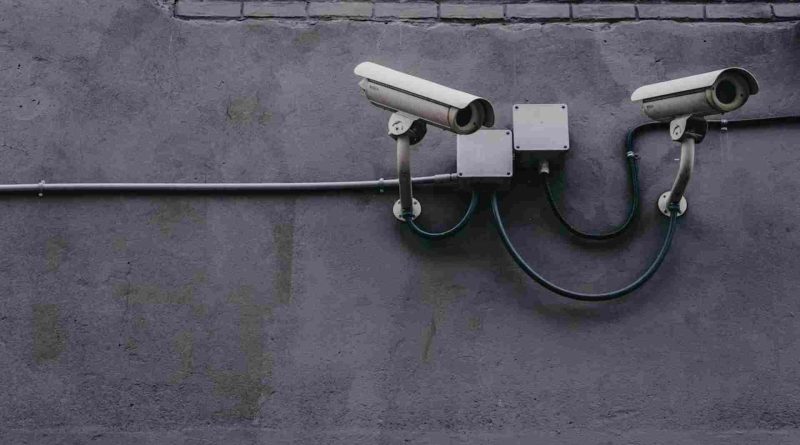Echoes of Security: Advancements in AI-Powered Audio Surveillance
Through audio analysis, various scenarios like altercations, conflicts, or distress calls can be accurately identified.
NEW DELHI: Atul Rai, the co-founder and CEO of Staqu Technologies, headquartered in Gurugram, has set his sights on securing the contract for a smart city initiative in Lucknow, focusing on audio and video surveillance to enhance safety measures.
Rai’s brainchild, Jarvis, already in use by the Uttar Pradesh Police and other state law enforcement agencies, integrates closed-circuit cameras (CCTVs) with AI-powered facial recognition.
In its latest iteration, Jarvis not only relies on visual surveillance but also harnesses the power of microphones to capture ambient sounds in urban environments. “We’ve leveraged audio analytics to detect incidents like altercations in Uttar Pradesh. Our objective is to integrate this technology into smart cities,” Rai explained. The audio analytics feature finds utility beyond law enforcement, being employed by retail and manufacturing entities to identify distress signals and accidents.
Staqu stands out in India’s tech landscape by offering cutting-edge AI-driven audio analytics tools capable of recognizing sounds such as gunshots, screams, or distress indicators. These systems utilize convolutional neural networks (CNNs) to categorize auditory cues, a departure from their conventional application in image and video processing. The envisioned application extends to alerting nearby medical facilities in case of accidents or notifying law enforcement of potential criminal activities. “Each camera can capture audio data via microphones. If a crime occurs beyond the camera’s field of vision, audio cues can aid in assessing if someone requires assistance,” Rai elaborated.
Rai underscores the multifaceted applications of audio analysis in security. It not only enables scene identification based on auditory cues like conflicts, violence, or distress calls but also facilitates voice-based identification of individuals, even if they evade direct visual scrutiny. This feature proves instrumental in identifying individuals with a criminal history solely through their voice.
Regarding the Lucknow Smart City project, Rai confirmed their interest in deploying an integrated audio-video solution, with demonstration sessions slated for the near future. Jarvis boasts language-agnostic functionality, focusing on recognizing specific auditory patterns indicative of distress or emergencies.
Rai substantiates Jarvis’ efficacy by citing comparisons with VoxCeleb, a prominent audio-visual dataset for speech recognition, boasting a remarkable accuracy rate of 98.7%. Additionally, the company is developing a new feature based on natural language processing (NLP), enabling users to query Jarvis for information, prompting a comprehensive scan of data from all connected cameras.
The global trend toward utilizing audio cues or voice recognition for law enforcement purposes has gained momentum. In Europe, Interpol spearheaded the development of a speaker identification system in 2018, while reports indicate similar endeavors by US law enforcement agencies in compiling databases of criminal voice samples.
However, the deployment of such solutions raises pertinent privacy concerns. Pam Dixon, founder and executive director of the World Privacy Forum, highlights the imperative of establishing transparent protocols governing data storage and usage. She stresses the necessity for comprehensive policies delineating the scope and parameters of monitoring systems to safeguard individual privacy rights.
N.S. Nappinai, Supreme Court advocate, echoes similar sentiments, emphasizing the absence of a regulatory framework in India governing audio surveillance akin to existing provisions for CCTV cameras in other jurisdictions. Clear delineation of permissible practices and stringent oversight mechanisms are imperative to mitigate potential privacy infringements and ensure ethical deployment of audio monitoring technologies.

